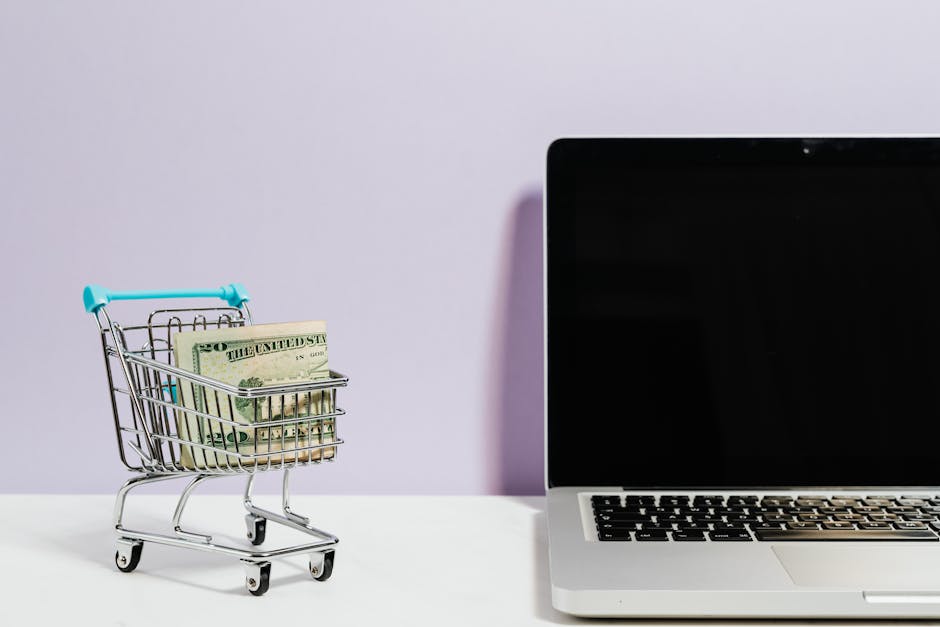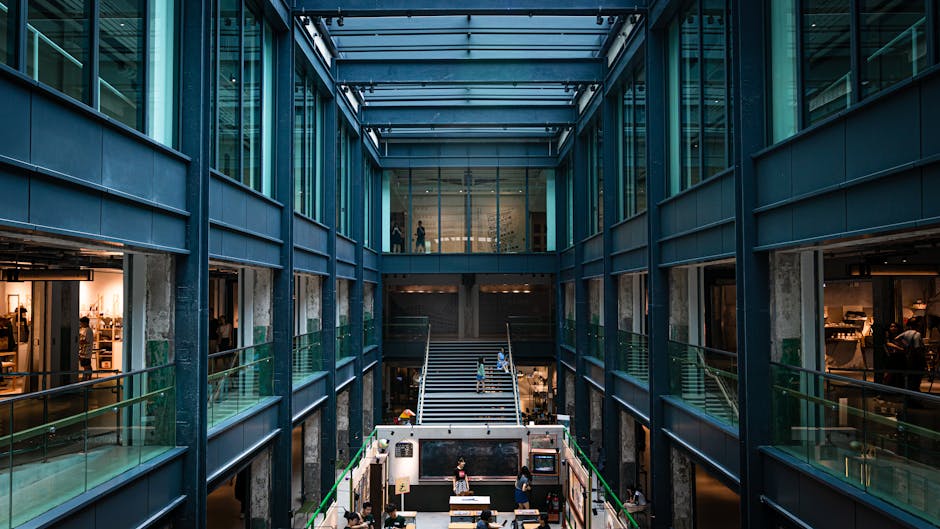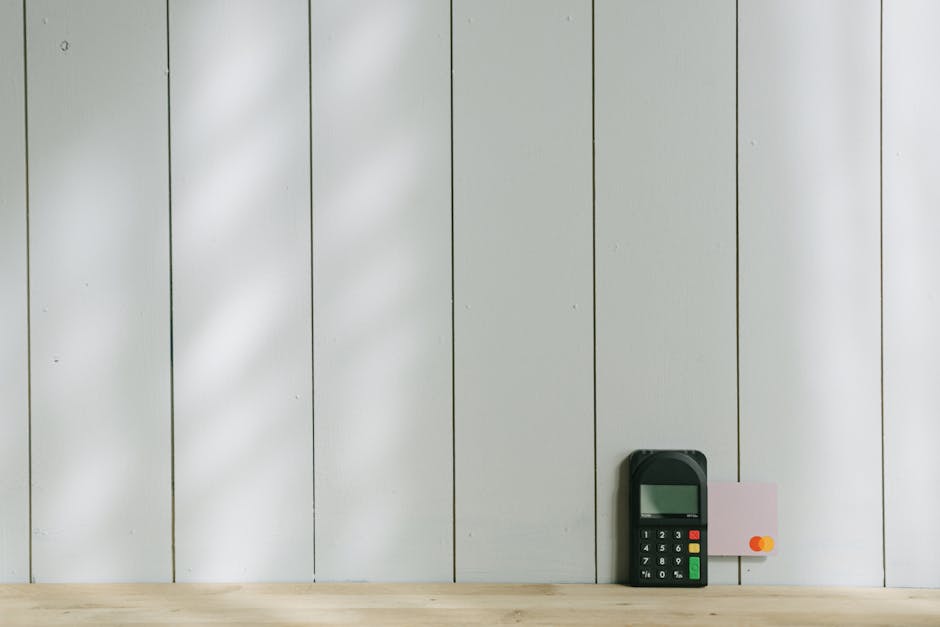How Technology is Reshaping Retail Spaces
Did you know that around 85% of shoppers say they prefer a seamless shopping experience? As technology evolves, retail spaces are changing rapidly to meet these expectations. From smart mirrors to mobile checkouts, technology is transforming the way we shop. Let’s dive into how these innovations are reshaping our retail experiences.
What Are Smart Stores?

Smart stores are retail spaces that use advanced technology to improve customer experience and streamline operations. Think of them as a blend of traditional shopping and the digital world. For instance, some stores let you scan items with your phone to see details or discounts. This kind of shopping makes it easier and more enjoyable.
Here are a few features of smart stores:
- Mobile Apps: Many retailers have apps that let you find products, check prices, and even order online.
- Digital Signage: Screens around the store can show promotions, product information, or even personalized suggestions.
- Self-Checkout: Customers can scan and pay for items without waiting in long lines.
These innovations not only enhance the shopping experience but also help retailers understand customer preferences better. By analyzing data from apps and purchases, stores can tailor their offerings to meet shopper needs.
How Does Augmented Reality (AR) Change Retail?

Augmented Reality (AR) is another exciting technology in retail. It overlays digital information onto the real world. For example, you can use your smartphone to see how a piece of furniture looks in your living room before you buy it. This feature helps customers make informed decisions.
Some practical applications of AR include:
- Virtual Try-Ons: Cosmetic brands offer apps that let you try on makeup virtually.
- Interactive Displays: Clothing stores may have mirrors that show how an outfit looks on you without trying it on.
- Home Design: Furniture retailers allow customers to visualize how items fit into their spaces.
AR not only enhances engagement but also reduces the likelihood of returns. Customers feel more confident in their purchases when they can visualize them beforehand.
Why Is Personalization Important in Retail?

Personalization in retail means tailoring experiences to individual customers. This can be achieved through data analysis and customer feedback. For instance, if you often buy running shoes, a store might send you promotions for athletic gear.
Consider these personalization strategies:
- Targeted Promotions: Stores can email you discounts based on your previous purchases.
- Customized Recommendations: Websites often suggest products based on your browsing history.
- Loyalty Programs: Many retailers reward frequent shoppers with exclusive offers.
Personalization makes customers feel valued. When shoppers receive recommendations tailored to their preferences, they are more likely to make a purchase.
What Role Do Online Shopping and Omnichannel Play?

Online shopping has surged in popularity, especially after the pandemic. Retailers now focus on creating an omnichannel experience. This means offering a seamless shopping experience across all platformsonline and in-store.
Heres what an effective omnichannel strategy looks like:
- Consistent Branding: Whether you shop online or in-store, the branding remains the same.
- Easy Returns: Customers can return online purchases at physical locations.
- Click and Collect: Customers can order online and pick up their items in-store.
This strategy not only improves customer satisfaction but also drives sales. When customers can shop how and when they want, they are more likely to spend money.
How Is Automation Changing Retail Operations?
Automation is revolutionizing retail operations. It streamlines processes, cuts costs, and enhances efficiency. For example, automated inventory management systems track stock levels and reorder automatically when supplies run low.
Here are a few areas where automation shines:
- Supply Chain Management: Automation helps manage orders, deliveries, and inventory more efficiently.
- Customer Service: Chatbots can answer customer inquiries 24/7, freeing up staff for more complex tasks.
- Warehouse Operations: Robots can assist in picking and packing items, speeding up order fulfillment.
By embracing automation, retailers can focus on what matters mostproviding great customer experiences.
What Are the Benefits of Contactless Payments?
Contactless payment options, like mobile wallets and tap-to-pay credit cards, are becoming the norm. They make transactions quicker and enhance safety by reducing physical contact.
Some advantages of contactless payments include:
- Speed: Transactions are completed in seconds, reducing wait times.
- Safety: Less handling of cash and cards lowers the risk of spreading germs.
- Convenience: Customers can easily track their spending through mobile apps.
Shoppers appreciate this quick and safe way to pay, making contactless options a must-have for retailers.
How Are Retailers Using Data Analytics?
Data analytics helps retailers make informed decisions. By analyzing customer behavior, preferences, and sales trends, retailers can create strategies that resonate with shoppers.
Here are a few ways retailers use data analytics:
- Understanding Customer Trends: Retailers can see which products are popular and adjust their inventory accordingly.
- Enhancing Marketing Strategies: Data helps tailor marketing campaigns to target specific audiences.
- Improving Customer Experience: Insights allow retailers to personalize offerings and promotions.
With data analytics, retailers can stay ahead of the competition and meet customer demands effectively.
How Is Sustainability Influencing Retail Spaces?
Consumers today are more conscious about sustainability. They prefer brands that prioritize eco-friendly practices. As a result, many retailers are adapting their spaces and processes to be more sustainable.
Some ways retailers embrace sustainability include:
- Eco-Friendly Packaging: Many brands use biodegradable or recycled materials for packaging.
- Energy-Efficient Stores: Retailers are adopting energy-saving technologies like LED lighting.
- Sustainable Sourcing: Brands are focusing on ethically sourced materials and products.
By prioritizing sustainability, retailers attract environmentally-conscious customers and contribute to a healthier planet.
what’s Next for Retail Technology?
The future of retail technology looks bright. Innovations like artificial intelligence (AI), machine learning, and blockchain are on the horizon. These technologies promise to enhance the shopping experience even further.
Consider these potential developments:
- AI-Powered Shopping Assistants: Virtual assistants might help you find products and answer your questions in real time.
- Blockchain for Transparency: This technology could provide information on product origins and ethical practices.
- Smart Carts: Imagine shopping carts that help you navigate the store and keep track of your spending.
As these technologies develop, they will significantly shape retail spaces, making shopping more engaging and efficient.
Conclusion: Embrace the Change in Retail
Technology is reshaping retail spaces like never before. From smart stores to contactless payments, these innovations enhance the shopping experience and streamline operations. As a consumer, staying informed about these changes can help you make better choices.
Ready to embrace the change? Next time you shop, look for these technologies and see how they improve your experience. After all, the future of retail is not just about shoppingit’s about creating memorable experiences.
For more insights on the future of shopping, check out this [source on retail technology trends](https://www.forbes.com/sites/bernardmarr/2023/09/20/10-retail-technology-trends-to-watch-in-2023/).
If you’re interested in learning more about how technology influences other industries, take a look at our post on [how technology is transforming education](https://www.example.com/technology-in-education).


